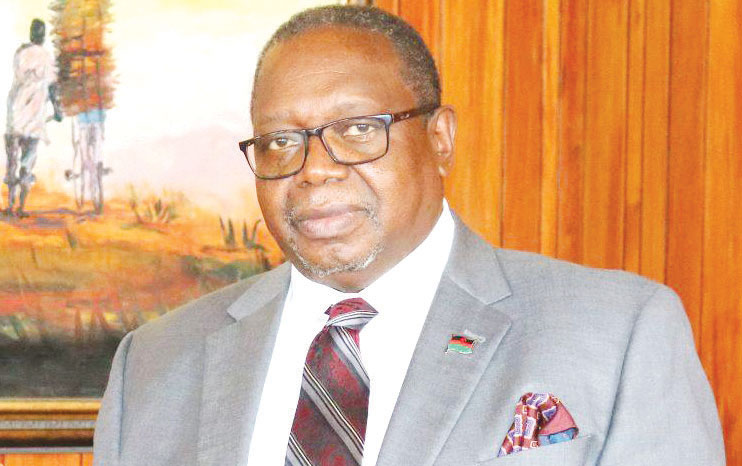The Reserve Bank of Malawi (RBM)’s Monetary Policy Committee (MPC) is meeting next week to review recent economic trends and decide on the monetary policy stance, which has remained tight for a greater part of the year.
There are mixed expectations among economists and commentators over the committee’s possible position and impact to the economy as most macroeconomic fundamentals remain in the red.
Already, the central bank hinted at maintaining a tight monetary policy stance in the foreseeable future to ensure commodity price stability.
A tight monetary policy entails a stance by a central bank to control and restrict the availability of money and credit in an economy, typically to curb inflationary pressures and ensure stability.
Among other factors, central banks increase the policy rate—a key driver of interest rates on loans—which traditionally triggers a rise in interest rates.
Recent MPC decisions
At its second MPC meeting in April, the RBM increased its policy rate—the rate which commercial banks use when borrowing from the central bank as lender of last resort—by 400 basis points to 22 percent noting that inflation was set to remain elevated in 2023.
It said the risks which emerged during the review quarter fuelled both adverse supply-side and heightened demand-side inflationary pressures.
The committee observed that such a high inflationary environment is not conducive for economic growth.
In its recent Market Intelligence Report, the RBM also said the prevailing high food price is a cause for concern, as it could delay the disinflation process.
“The slow progress on inflation means that monetary policy may be needed to remain tight for an extended period of time. The RBM will therefore continue to monitor developments closely and stand ready to act, as and when appropriate,” reads the report.
Outlook and expectations
In its 2nd Quarter Malawi Country Report Global economic think-tank, the Economist Intelligence Unit (EIU), predicted that the policy rate would remain tight.
Among other things, the EIU predicts Malawi’s headline inflation—the rate at which commodity prices change at a given time in an economy—to average 30.6 percent in 2023.
EIU says Malawi’s foreign currency shortages are making imports of food and fuel costly and could prompt currency devaluation, which will drive up inflationary pressure.
“We expect foreign currency shortages to persist this year, in the absence of an IMF funding programme, and this will weaken the authorities’ capacity to intervene strategically in the grain market, aggravating food inflation,” says EIU.
It says the local economy will grow by a meagre 0.7 percent in 2023, lower than 0.8 percent recorded in 2020, when the country was hard hit by the Covid pandemic.
Economic think-tank, the Economics Association of Malawi (Ecama), feels inflation would remain elevated in the short-to-medium terms, a situation which would intensify pressure on other fundamentals.
Ecama Executive Director Frank Chikuta said recently that all factors point towards elevated inflationary pressures for the rest of the year.
“Obviously, in such an environment, monetary policy is expected to respond through a tighter stance. However, it is not possible to predict the MPC’s decision in terms of policy rate adjustment and by what magnitude. That would be utter speculation because many factors inform such decisions,” Chikuta said.
Since April, when the MPC revised the policy rate upwards to 22 percent, inflation has remained on a rising trajectory, reaching 29.2 percent in May.
The local unit, the Kwacha, remained volatile on the exchange market, dropping 2.6 percent against the United States dollar.








